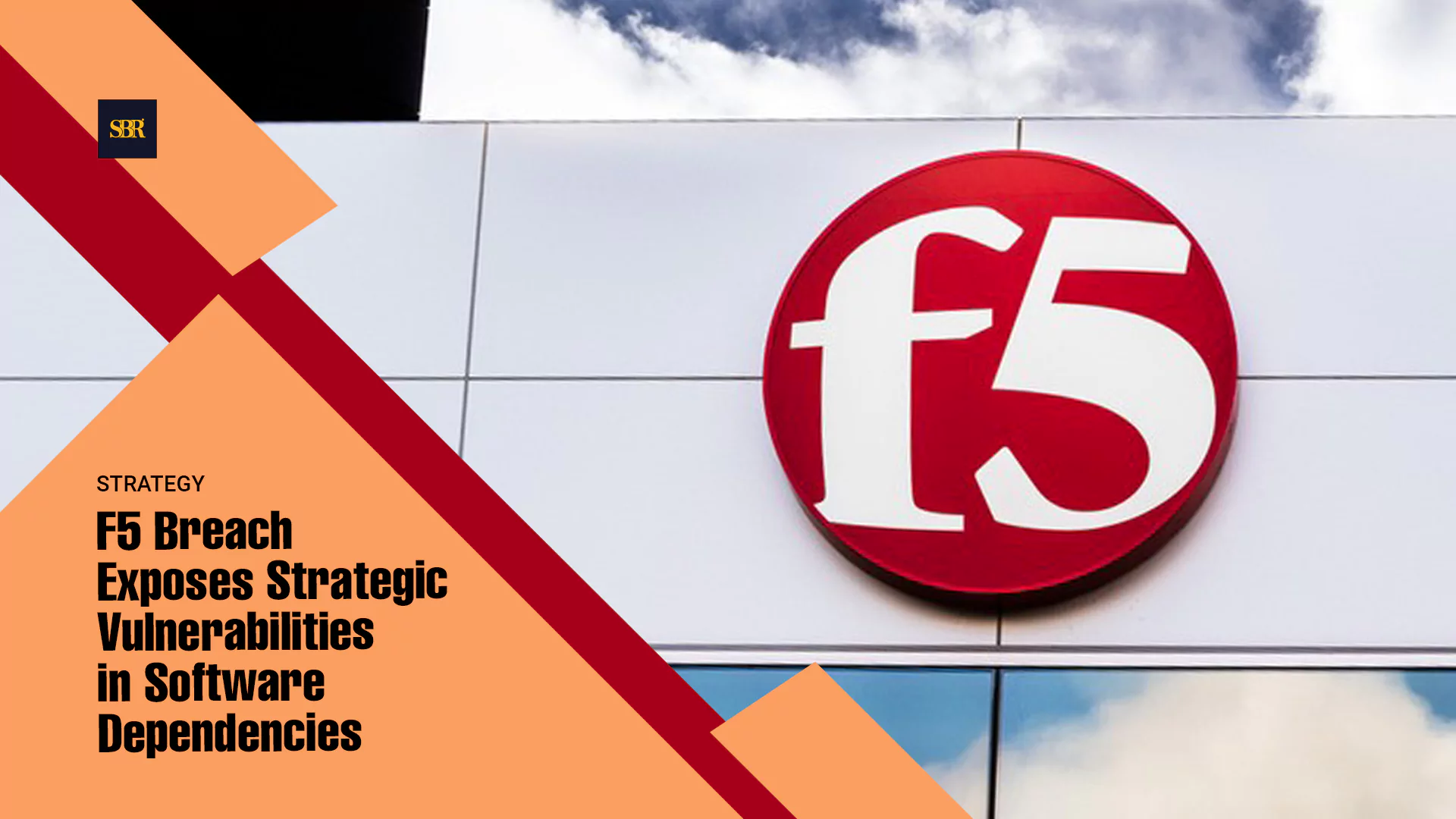ANALYSIS, May 12, 2025 — Before SaaS had a name, a few bold companies were already questioning the value of boxed software. Among them, Concur Technologies quietly began offering travel and expense management tools over the web in the late 1990s. At a time when the idea of storing sensitive business data outside the firewall sounded reckless, Concur’s steady growth proved that utility could outweigh fear.
Meanwhile, Salesforce, founded by Marc Benioff in 1999, did something few others dared — it put its entire product in the cloud from day one. No disks. No installs. Just login and go. The message wasn’t just about ease—it was a rejection of how enterprise software had always been sold — expensive, bulky, and service-heavy. Salesforce sold access, not ownership, and that shift became a business model many would later emulate.
NetSuite, founded around the same time by Evan Goldberg and backed by Larry Ellison, focused on a different audience—small and mid-sized businesses that couldn’t afford the cost or complexity of ERP systems from Oracle or SAP. NetSuite’s appeal was pragmatic — it gave growing firms access to finance, CRM, and inventory tools through a subscription, levelling the playing field.
Growth Fuelled by Utility, Not Just Hype
As broadband became more reliable and IT teams sought simplicity, SaaS found its stride in the early 2000s. Companies like Zendesk (launched in 2007) demonstrated how customer support—long tied to clunky on-premise systems—could be delivered with clarity and speed through a browser. It wasn’t about flashy features. It was about cutting the time it took to get up and running.
Workday, founded by former PeopleSoft executives Dave Duffield and Aneel Bhusri in 2005, took aim at HR and finance, two areas deeply embedded in legacy software contracts. Its approach was deliberate — no disruptive branding, no overnight scale. Instead, Workday quietly built trust with major enterprises by focusing on stability, privacy, and user experience.
Dropbox, while technically not a business software vendor in the traditional sense, deserves a place in the SaaS story for normalizing cloud-based storage among everyday users. Launched in 2008, it made the idea of “accessing files from anywhere” second nature. That shift in mindset was critical—it made the broader population comfortable with the idea of trusting the cloud.
The Ecosystem Builders
Success in SaaS wasn't just about individual products—it came from building ecosystems others could thrive in. Atlassian, for instance, did this by focusing on developers and internal teams, giving them tools like Jira and Confluence that supported real collaboration rather than top-down mandates. The company’s low-friction model—no sales team for years, purely online onboarding—also demonstrated that enterprise software could scale without armies of account executives.
Slack, while a latecomer compared to others, changed how teams communicated—and quickly became a hub that connected dozens of other SaaS tools. By making integration a default, not an afterthought, Slack pushed the SaaS industry toward interoperability. In doing so, it encouraged a broader shift — companies began looking for tools that played well with others, not just standalone solutions.
Another major contributor was Shopify, which wasn’t just about e-commerce—it was about making software accessible to businesses that had never used enterprise-grade tools before. Shopify’s real success wasn’t in selling templates; it was in helping small retailers think like tech companies, complete with analytics, inventory syncing, and marketing automation.
Sustaining the Model and Rebuilding Trust
With growth came scrutiny. Security breaches, vendor lock-in, and pricing opacity became real concerns. Companies like Okta emerged to fill the trust gap, offering identity management as a service—a seemingly dry niche that proved critical to SaaS adoption at scale. By making it easier to control who accessed what, Okta helped larger enterprises feel more secure about adopting third-party services.
ServiceNow followed a similar path, focusing on IT service management for large organizations. What set it apart wasn’t just the product—it was its reliability. In an environment where outages could disrupt entire workforces, consistency became as important as functionality.
More recently, companies like Zoom and Notion have helped SaaS feel more personal. They’re reminders that ease of use, design quality, and responsiveness matter. The shift from tools built for IT buyers to tools that end-users actually want to use is no accident. It’s the outcome of a two-decade journey where SaaS providers had to earn trust, one interface at a time.
SaaS didn’t arrive with a bang—it gained ground slowly, shaped by the needs of people who simply wanted software to be more useful and less painful. The companies that made it happen didn’t just rewrite business models; they redefined the relationship between software and the people who rely on it.
These firms understood something fundamental — when software works in the background, businesses can move faster in the foreground.
They didn’t just offer software in a browser—they rewrote how businesses think about buying, using, and scaling tools.

















